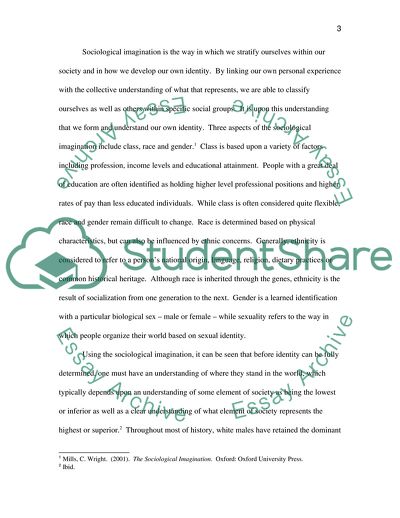Cite this document
(Ideas Regarding Identity Case Study Example | Topics and Well Written Essays - 2000 words, n.d.)
Ideas Regarding Identity Case Study Example | Topics and Well Written Essays - 2000 words. https://studentshare.org/literature/1721304-north-american-literature-there-are-2-questions-to-choose-from-the-titles-do-not-fit-in-this-box-so-i-have-put-them-in-the-refrencing-box
Ideas Regarding Identity Case Study Example | Topics and Well Written Essays - 2000 words. https://studentshare.org/literature/1721304-north-american-literature-there-are-2-questions-to-choose-from-the-titles-do-not-fit-in-this-box-so-i-have-put-them-in-the-refrencing-box
(Ideas Regarding Identity Case Study Example | Topics and Well Written Essays - 2000 Words)
Ideas Regarding Identity Case Study Example | Topics and Well Written Essays - 2000 Words. https://studentshare.org/literature/1721304-north-american-literature-there-are-2-questions-to-choose-from-the-titles-do-not-fit-in-this-box-so-i-have-put-them-in-the-refrencing-box.
Ideas Regarding Identity Case Study Example | Topics and Well Written Essays - 2000 Words. https://studentshare.org/literature/1721304-north-american-literature-there-are-2-questions-to-choose-from-the-titles-do-not-fit-in-this-box-so-i-have-put-them-in-the-refrencing-box.
“Ideas Regarding Identity Case Study Example | Topics and Well Written Essays - 2000 Words”. https://studentshare.org/literature/1721304-north-american-literature-there-are-2-questions-to-choose-from-the-titles-do-not-fit-in-this-box-so-i-have-put-them-in-the-refrencing-box.


